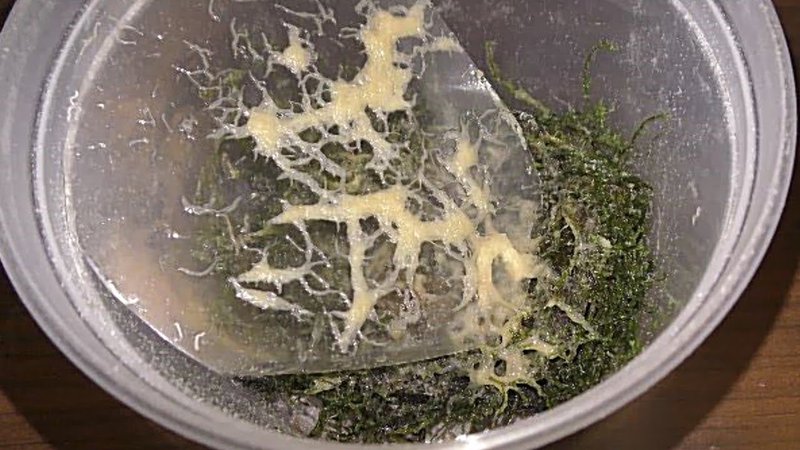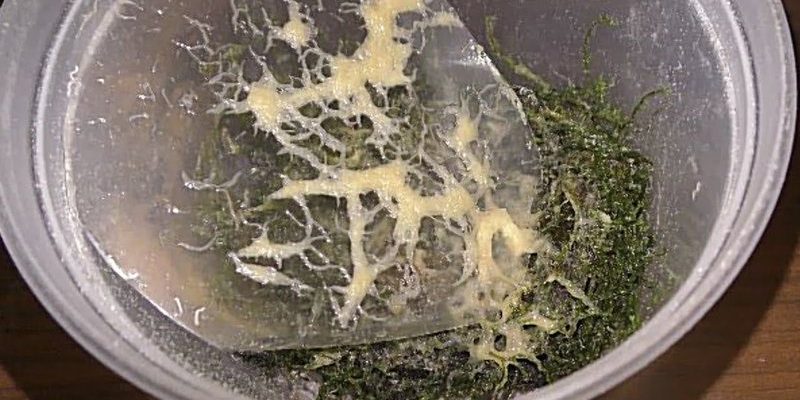
Think of using Grindal worms in your science demonstrations as inviting a friend to a party. They may be small, but they can spark big conversations and ideas. These worms are easy to care for and can be raised in simple containers, making them perfect for experiments and observation. So, whether you’re a teacher looking to add some excitement to your lessons or a student eager to explore, using Grindal worms can take your understanding of science to a whole new level.
Why Choose Grindal Worms for Science Demonstrations?
When selecting organisms for a classroom environment, you want something that’s safe, easy to manage, and offers rich learning opportunities. Grindal worms tick all those boxes. These little guys are non-toxic, making them ideal for school settings where safety is paramount.
Here’s the thing: worms can show students the basics of biology without being overwhelming. You don’t need a PhD to understand their life cycle or habitat. Teachers can easily explain topics like reproduction and growth using Grindal worms, which enriches the learning experience. Plus, they thrive on simple foods like vegetable scraps, so there’s minimal fuss. This makes them perfect for anyone, even if you’re not the best at keeping houseplants alive!
Learning About Ecosystems
Grindal worms are also fantastic for teaching about ecosystems. By observing how worms interact with their environment, students can learn about *decomposition*, *nutrient cycling*, and how organisms contribute to a balanced ecosystem.
You might be wondering how this works in practice. Imagine setting up a small worm habitat and then letting students feed them different types of organic matter. They can watch how the worms break down food and contribute to the soil’s health. This hands-on experience can help solidify abstract concepts in a fun, interactive way.
Setting Up a Grindal Worm Habitat
Creating a habitat for Grindal worms is a simple process. You don’t need fancy equipment; a basic container will do just fine. Here’s how you can set one up:
1. Container: Choose a clear plastic or glass container with a lid. Ensure it’s not too deep; about 6 inches is perfect.
2. Substrate: Fill the bottom with a mix of soil and peat moss. This gives the worms a comfortable place to live.
3. Moisture: Keep the substrate moist but not soggy. Worms like a damp environment, similar to their natural habitat.
4. Food: Add small bits of vegetable scraps like carrots or lettuce. Grindal worms enjoy a varied diet!
Make sure to keep the habitat in a cool place, away from direct sunlight. It’s like creating a small worm paradise! Students can take turns caring for the worms, adding an element of responsibility to the project.
Observation and Data Collection
Once the habitat is set up, observation can begin. Here are some fun activities students can engage in:
– Daily Check-ins: Have students record the number of worms they see each day. Are they multiplying, or are there any changes in their behavior?
– Feeding Experiments: Try different types of food. Which do the worms seem to prefer? Students can note their observations and discuss results in groups.
– Environmental Changes: Experiment with varying moisture levels or food types. How do these changes affect worm activity?
This kind of hands-on learning encourages critical thinking and scientific inquiry, allowing students to explore the scientific method in real time.
Teaching Science Concepts with Grindal Worms
Grindal worms can help teach a variety of scientific concepts. Here are a few specific lessons you can incorporate into your demonstrations:
1. Life Cycles: Worms have interesting life cycles that students can observe over time. By studying how they grow and reproduce, students get a front-row seat to a biological process in action.
2. Soil Health: Teach about the importance of worms in the ecosystem. Worms aerate the soil and help with decomposition—essential processes for healthy plant growth.
3. Adaptation and Survival: Discuss how Grindal worms have adapted to their environments. What traits allow them to thrive? This can lead to broader discussions about evolution and natural selection.
For educators, the key here is to connect these lessons to real-world applications. Discuss how worms are vital for gardening and agriculture. This not only enriches the students’ understanding of biology but also emphasizes the importance of environmental stewardship.
Common Challenges and Solutions
While using Grindal worms in class is generally a smooth experience, you might encounter a few hiccups. Here are some common challenges and how to tackle them:
1. Worm Population Control: Worms can multiply quickly if conditions are just right. If you notice overpopulation, simply harvest some for classroom experiments. This can show students the concept of population dynamics firsthand.
2. Habitat Maintenance: Sometimes, the habitat might get too moist or too dry. Regular check-ins will help maintain the right balance. Encourage students to monitor conditions daily for a hands-on lesson in environmental science.
3. Food Spoilage: Leftover food can attract unwanted pests. Teach students to remove any uneaten food daily to keep the habitat clean and healthy.
By addressing these challenges, you can create an engaging learning experience that fosters responsibility and teamwork among students.
Comparing Grindal Worms to Other Worms
If you’re familiar with other types of worms used in educational settings—like mealworms or earthworms—you might be wondering how Grindal worms stack up. Here’s a quick comparison:
| Type of Worm | Size | Maintenance | Best For |
| Grindal Worms | Small (1-3 cm) | Low | Life cycles, ecosystems |
| Mealworms | Medium (3-4 cm) | Medium | Life cycles, nutrition |
| Earthworms | Large (5-10 cm) | Low | Soil health, ecosystems |
Grindal worms are particularly suited for a classroom setting due to their size and ease of care. They don’t require extensive space and are ideal for younger students who might be intimidated by larger worms.
Using Grindal worms in school science demonstrations provides an exciting way to explore biology and ecology with students. These little creatures offer rich learning experiences that engage young minds, spark curiosity, and create lasting memories. By involving students in hands-on activities, you’re not just teaching them about worms; you’re fostering a love for science that can last a lifetime.
So, why not give Grindal worms a shot in your classroom? They’re the perfect blend of fun and education, making science feel more approachable and alive. Plus, you never know—the next great scientist might just be inspired by a little worm wriggling around in a cup!

